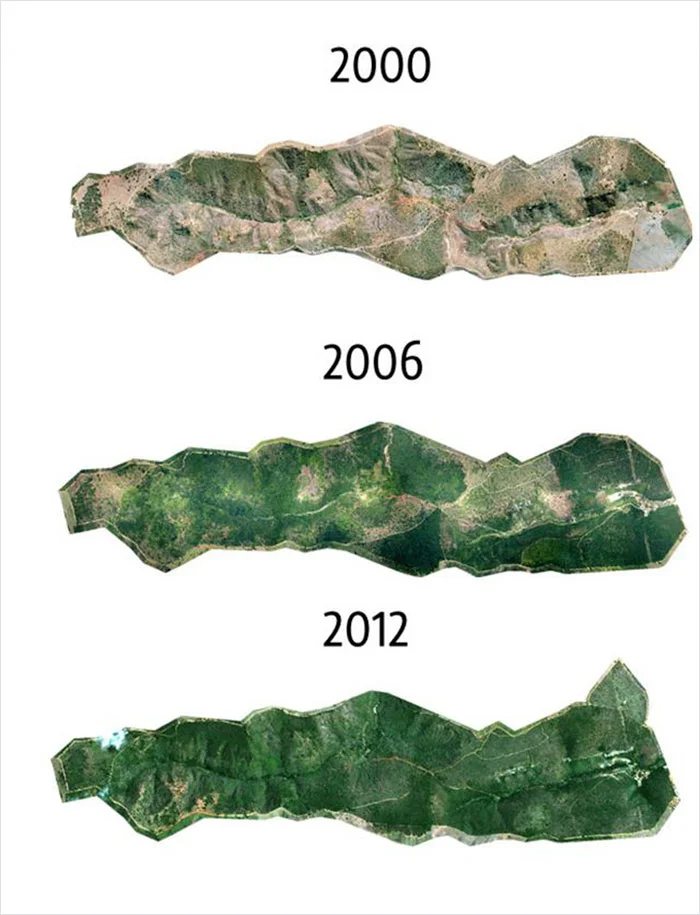2
1
What pushes Indigenous Munduruku people to mine their land in Brazil’s Amazon?
(news.mongabay.com)
3
1
4
1
For scandal-ridden carbon credit industry, Amazon restoration offers redemption
(news.mongabay.com)
5
1
7
1
10
1
13
1
Road network spreads ‘arteries of destruction’ across 41% of Brazilian Amazon
(news.mongabay.com)
15
1
Farmers turn to living ‘yam sticks’ to grow their crop and spare the forest
(news.mongabay.com)
16
1
18
1
Deforestation Could Turn The Amazon Rainforest Into A Permanent Source Of Carbon
(plantbasednews.org)
view more: next ›
Tree Huggers
702 readers
6 users here now
A community to discuss, appreciate, and advocate for trees and forests. Please follow the SLRPNK instance rules, found here.
founded 2 years ago
MODERATORS
